Breaking Down The Digital Programs of Pennsylvania Senate candidates John Fetterman and Dr. Oz
The race for Pennsylvania’s open Senate seat is one of the hottest competitions of the political cycle. With a divided 50/50 senate, the stakes are high for both parties to keep every seat they currently hold, and flip as many as they can. Pennsylvania is one of a handful of races that will almost certainly decide who holds the Senate majority in 2022.
While Neither John Fetterman (Democrat) nor Dr. Mehmet Oz (Republican) have yet cleared their fields to become their party’s nominee, they are both frontrunners to do so.
Fetterman, the current Lieutenant Governor of Pennsylvania, is a fiercely progressive politician with a large national profile. He is currently dominating fundraising among Democratic hopefuls. He has run for US Senate before and announced his candidacy for Senate this time around in early February of 2021.
His likely opponent in the general election is Dr. Mehmet Oz, a newcomer to politics… as well as to Pennsylvania for that matter. He also got into the race in late – November of 2021 – and only after front runner Sean Parnell, an accused abuser, who enjoyed the endorsement of Donald Trump, dropped out in disgrace.
Dr. Oz is a TV doctor who got his start as a regular on the Oprah Winfrey show. He’s as famous as he is disreputable. He has taken a strong anti-establishment stance and is using his reputation as a doctor to take some not-so-healthy positions on COVID, just like he has on a whole host of other issues and products throughout his career.
The Cook Political Report calls this race a toss up. In a cycle this contentious, with literal control of the Senate on the line, every aspect of these candidates’ campaigns matters. Their ground games matter, their rhetoric matters, and in our pandemic reality, their digital programs sure as hell matter.
Both of these candidates are masters of media in their own way. So let’s dive in and learn some lessons from each of their campaigns by exploring how they have each chosen to approach their respective digital platforms.
Websites
Like any business, organization or nonprofit, a candidate’s website is their home base. It’s where people go to learn more, donate and sign up to get involved.
A candidate – like any other “brand” – must know what goal(s) it has for site visitors and build their site accordingly.
So how are the Fetterman and Oz’s sites?
When it comes to messaging, Fetterman and Oz each want to tell you about themselves and their ideas. Makes sense.
While they might have the same general goal, they deviate significantly in both content and delivery.
The first way in which their messaging differs is in the way they tell prospective voters who they are as people.
Fetterman’s “About” information is personal and focused on his family – including his Twitter-famous dog Levi. It breaks down Fetterman’s long history as an activist and fighter for the people of Pennsylvania. It shows what he stands for and how he’s advocated for his values and his neighbors throughout his career.
Dr. Oz’s bio info on the other hand is… well let’s call it concise. His “Why I’m Running” page presents an America which has been led astray and forced off the rails, especially throughout the COVID pandemic. His site mostly talks about his work as a doctor and his TV show. He also provides a very short statement on his family.
Fetterman uses short videos to talk about the issues that make up his platform. These videos often feature stories from Pennsylvanians and Fetterman himself in ways that make the issues personal and relatable.
The Fetterman campaign encourages folks to volunteer throughout the website, but also helps people to get registered to vote and receive their ballots by mail. This is a great way to help voters prepare for any upcoming election and ensures that you’re helping to register voters that may already be interested in supporting you.
Furthermore, Fetterman puts his texting program right on the front page of his website, making it easy to sign up and get looped into the campaign.
Interesting differences can also be seen in the types of opportunities that each candidate offers for volunteering. Fetterman focuses on more digital, COVID-safe opportunities such as sending texts, socially distant door knocking, and hosting Zoom events, while Dr. Oz encourages volunteers to sign petitions, knock on doors, and host events at their homes or other locations.
In terms of fundraising, both campaigns run pretty standard donation and merch stores pages through ActBlue (Fetterman) and WinRed (Oz), but they do have some interesting features on both of their websites that try to encourage small-dollar donations and work towards donor retention.
Despite being shady as hell, the pre-checked box has become a mainstay in Republican digital fundraising and Dr. Oz makes sure that he can maximize your donations… whether you meant to make your donation recurring or not! The first pre-checked box commits a donor to a recurring monthly donation matching their original contribution, and the second box gets you to sign up for Dr. Oz’s “Mid-Month Money Pledge.”
This means that a user who quickly donates $10 once could end up donating up to twice more that month, whether they want to or not. If this type of donation tactic seems sketchy to you, you’re not alone. The F.E.C. has asked Congress to ban this type of fundraising tactic, since… you know… it verges on the edge of theft.
Dr. Oz also uses a pop-up box that tracks your mouse and prevents you from leaving the donation page until you close the box out. There’s nothing like Dr. Oz staring into your soul while you desperately try to climb out of the far-right pit you’ve found yourself in.
Fetterman’s Chatbots
|
For local voters
|
For out of state voters
|
For ineligible voters
|
Finally, one cool feature worth highlighting is John Fetterman’s chatbot on his website, which is run through a Facebook Chat Plugin.
The chatbot has three paths based on voting status including in-state, out-of-state, and ineligible to vote. Throughout these paths, the bot collects valuable information for the campaign such as contact information, how likely a person is to support Fetterman or other Democratic candidates, and can even sign people up for campaign communications and help them make donations.
All in all, we can see two very different approaches to designing a campaign website that ultimately lead us to the same goals – politicians looking to show who they are and what they’re about while making it as easy as possible to drive action on their website.
Social Media
While websites are a more static place for folks to interact with a campaign, social media should be used to keep a politician’s followers up to date on what’s going on with the campaign, what’s happening in the community, and show followers how they can get involved.
Both of these candidates have unique skills that help them greatly on social media. Fetterman’s personality and strong ideas lend themselves to creating social media content that drives donations and engagement from progressives throughout the country. Dr. Oz started his campaign with millions of followers across his pages, thanks to his long history in the public spotlight.
To learn some lessons from John Fetterman and Dr. Oz’s social media, we can break down their followings by platform, how often they post, their follower engagement levels, and also look at some unique properties of each candidate’s social media strategy.
First, by reviewing the overall followings for each politician’s account, we can see that Dr. Oz entered into this race with a much larger total following than John Fetterman.
While his numbers look big on their face (huge really!), we need to consider a couple of things. First, Dr. Oz converted his TV show accounts to campaign accounts. This means that although his following may look large, the majority of his followers are likely not Pennsylvanians or even out-of-state political supporters. Heck a ton of them likely don’t live in America, and a whole bunch more probably do not agree with his political platform.
The second interesting note here is that at the time of this writing, Dr. Oz has still not really converted his show’s Instagram account to a political one. This is a surprising choice given the new mission of his accounts on his other platforms, as well as his massive following on Instagram (over a million!).
Posting frequency
Since the start of their respective campaigns, the Fetterman campaign has posted on Facebook an average of 1.8x per day to Dr. Oz’s 2.6x per day.
On Twitter, the numbers are closer with 2.6 tweets per day for Fetterman and 2.8 tweets per day for Oz.
Lastly, Fetterman takes the easy win on Instagram with an average of just shy of one post per day while Dr. Oz has only posted about his campaign once.
While Dr. Oz is on TikTok, he’s only posted a small handful of times since the start of his campaign.
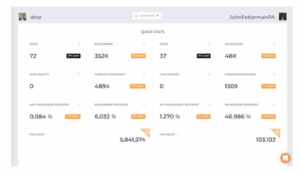
While posting often is important to growing a following, it’s engagement that really matters. We can see an interesting shift here when we comparing the two candidates’ Facebook accounts. Note that while Dr. Oz has a FAR larger following, Fetterman gets a much higher engagement rate per post.This makes sense – people follow Fetterman on social because they like him and his politics. People follow Dr. Oz on social because they like quack science and Oprah told them too. Not exactly a captive audience when it comes to running a political campaign.
For John Fetterman’s campaign it’s his family members. This includes an Instagram account for his wife Gisele and a Twitter account for his dogs, Levi and Artie. These accounts both have sizable followings (31,900 followers for Gisele and 24,100 followers for the Fetterman pups), and allow the Fetterman campaign to amplify messages and show a different side of John Fetterman’s life.
Again, Dr. Oz’s social media strength lies in his ability to easily produce high-quality media with his team. This becomes incredibly apparent when viewing Dr. Oz’s few TikToks or his videos on his YouTube account which has quite a large following. Anyone can learn how to have a strong presence on camera, but Dr. Oz has been developing his presence and persona for decades.
What We Learned
So what? Now that we’ve taken a deeper look into John Fetterman and Dr. Oz’s digital media presence, what can we take away from our deep dive?
Well, for one thing, this is a great reminder that your digital presence matters. A lot. You need to post quality content that is geared towards your audience, create a website that tells your story, and make sure that all elements of your digital campaign are designed to meet your organizational goals.
Fetterman’s campaign tells the story of a progressive fighter who’s worked hard to make his state better. Dr. Oz on the other hand reaches his audience by leveraging his unique character to make a stance that can appear both authoritative on issues such as COVID while also flying in the face of what he sees as the “establishment.”
One important lesson is that where your audience comes from matters. Anyone can get followers in the wrong ways. But if your audience doesn’t care about your content, it doesn’t really matter how many of them there are. Social media (and digital in general), like everything, is about quality, not quantity. Keep that in mind the next time you’re worried about your Facebook Likes not going up fast enough. Sure, keep an eye on that number. But pay way more attention to your engagement rates than your page likes.
Hopefully this was helpful. And never forget – we dug into Dr. Oz’s digital program so you wouldn’t have to!
Looking to take your digital program to the next level?
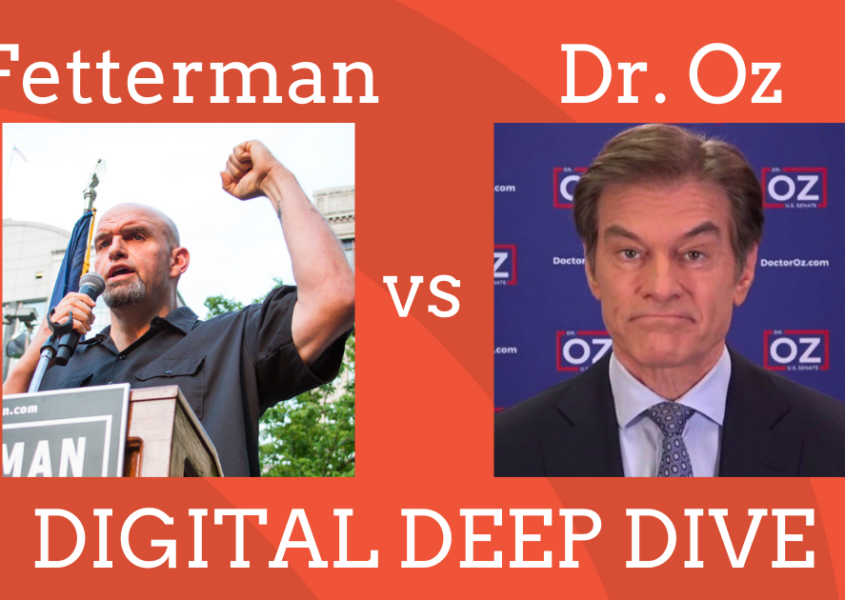
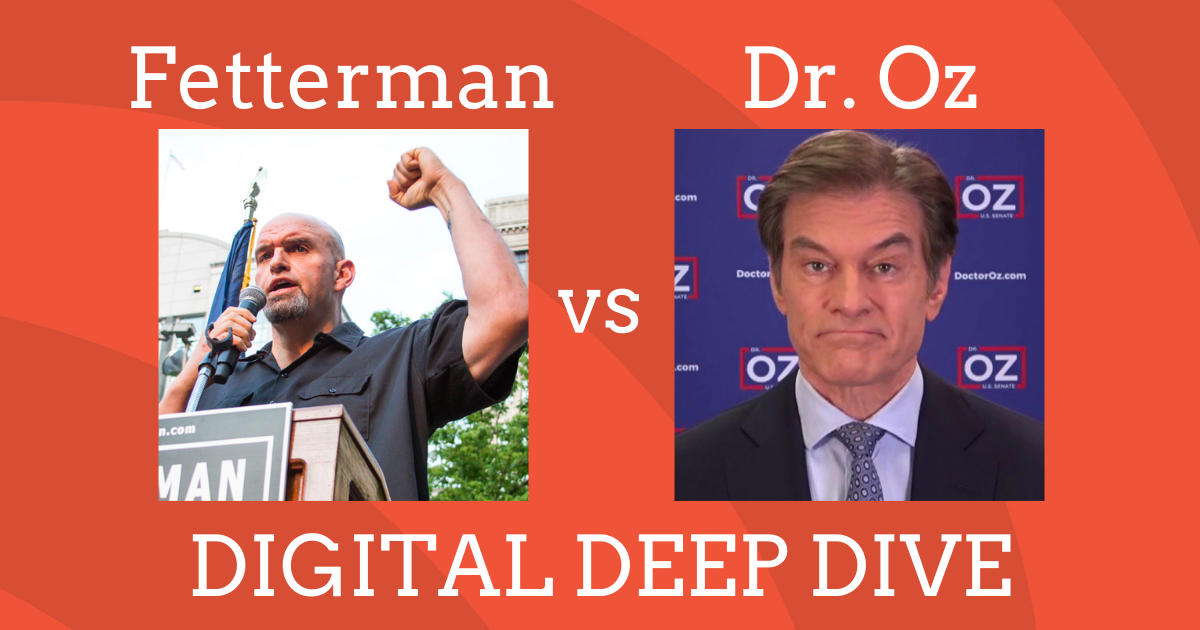
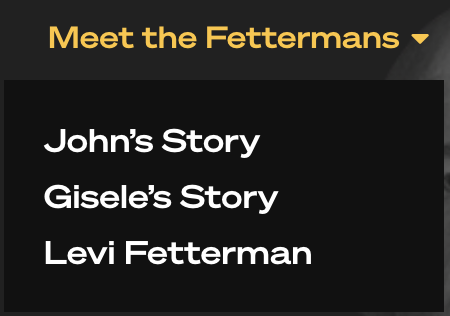
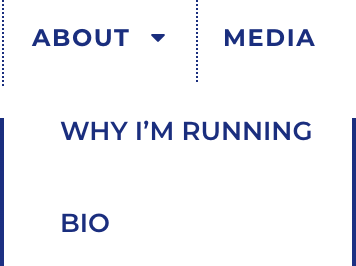
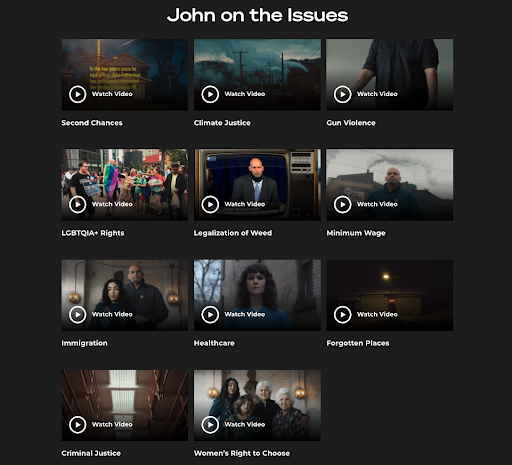

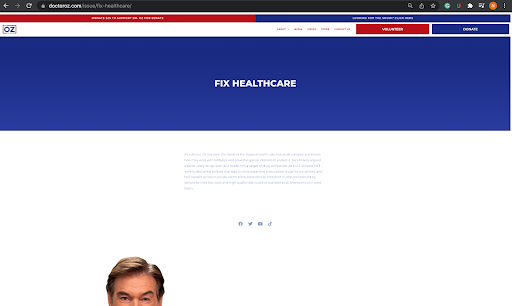
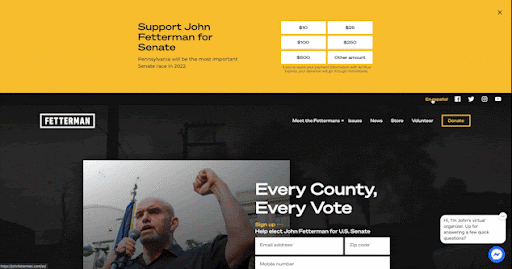
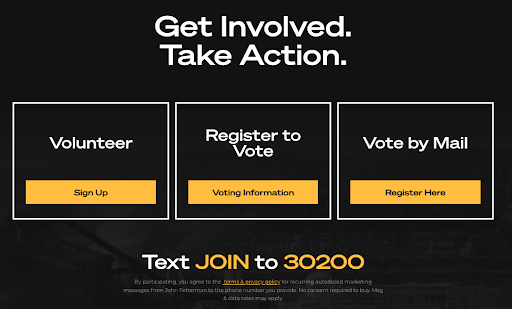
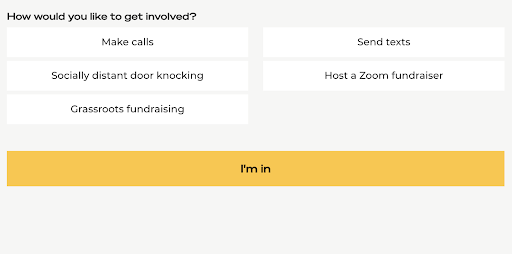
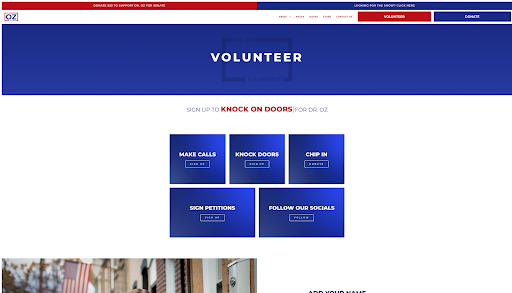
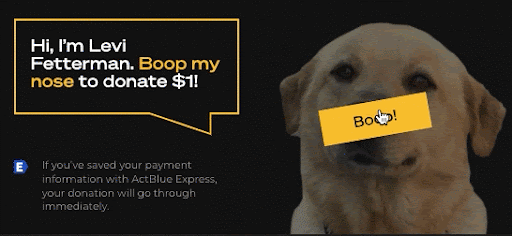
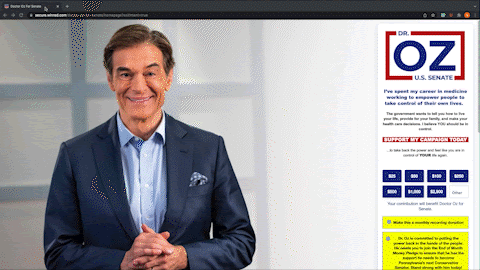

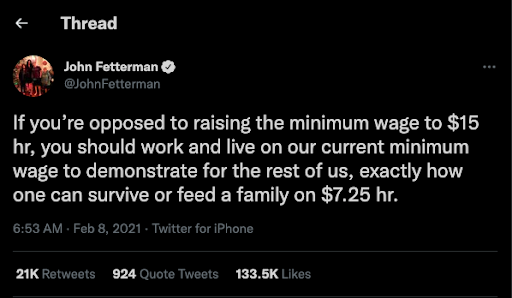
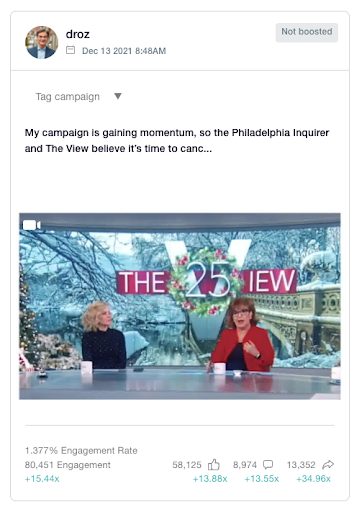
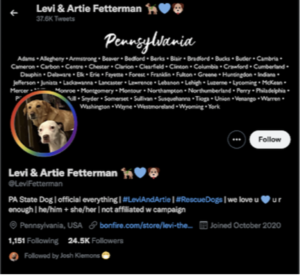
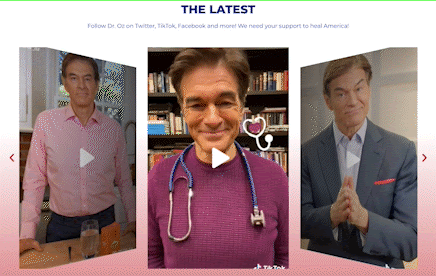
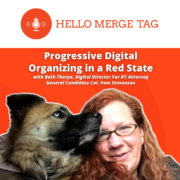

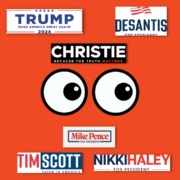
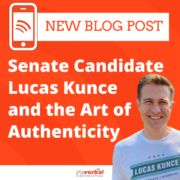


Leave a Reply
Want to join the discussion?Feel free to contribute!